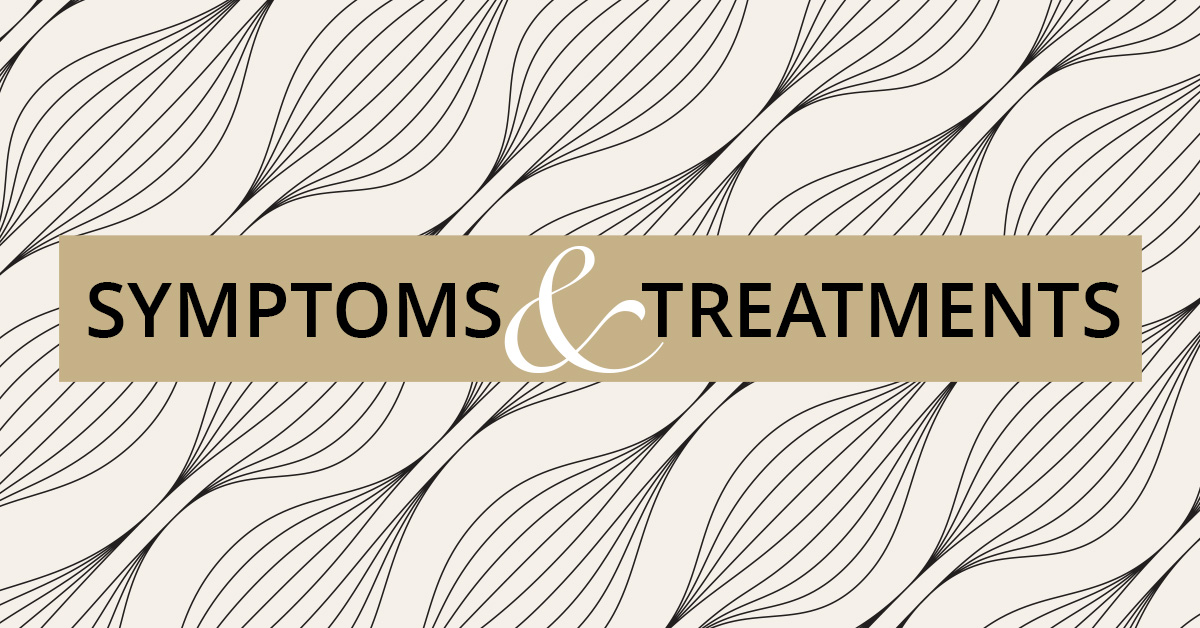Whether you call it Hormone Replacement Therapy (HRT), Hormone Therapy (HT), or Menopausal Hormone Therapy (MHT) women have lots of questions about hormones that need answering.
Truth is, you can call me Ellen, Mom, Honey, Grandma, or Menopause Whisperer. In order to put a label on the subject of this Blog, let’s call it HRT.
I gathered some of your most asked HRT questions for a Q & A with my fabulous Menopause Specialist, Dr. Wendy Buchi at the IGO Group here in San Diego.
What is the most effective way to determine the proper dosing of HRT (blood testing, spit testing, or other options)? “When someone is on HRT, the most effective method to determine proper dosing is to go by symptoms rather than an actual level in the blood or saliva. Since the lowest effective dose is the safest, I like to titrate the dose to symptom relief. For estrogen, there is not a known therapeutic level. If someone is on too much, they will often have breast tenderness. If someone is on too little, they will not have symptom relief.
Progesterone is added to protect the endometrial lining from unopposed estrogen which can lead to endometrial cancer. We know what dose is protective. If a woman cannot tolerate the known protective dose, we need to be careful to monitor the endometrium to make sure that it does not develop precancerous changes. Like estrogen, we cannot follow the blood or saliva level of progesterone because there is no known therapeutic or protective blood or saliva level. In a normal cycle of a menstruating woman, the level is near zero in the first half of the cycle and peaks in the second half. For this reason, normal is a relative term.
Testosterone has a normal range for women. If a woman is getting too much in the way of replacement, the side effects include acne, oily skin, and increased facial hair. When these side effects occur, women know to decrease their dose. Many women take testosterone to increase their libido, but it does not always help. If a woman increases her testosterone dose to improve her libido but gets the unwanted side effects before getting the benefit, testosterone may not be the correct option for her.”
Do you find the dosing needs to be changed as a woman gets older? “I usually recommend decreasing the dose as a woman gets older. If a woman is doing well on her dose and has been stable, I will recommend slowly decreasing the dose with the intent of eventually stopping it.
Older studies with oral estrogen and synthetic progestins show an increased risk of breast cancer with prolonged use. Estrogen alone does not seem to carry this risk, but estrogen cannot be taken alone if a woman has a uterus for the reasons stated above. We do not have complete data on the newer bioidentical progesterone, but observational studies seem to support that the risk may be lower. Some women are unable to stop HRT without a significant decrease in their quality of life and are willing to accept an increased risk of breast cancer.
Menopausal hormone therapy is a safe option for healthy, symptomatic women who are within 10 years of menopause or younger than age 60 years and who do not have any medical conditions that would make it unsafe. Long-term use for the prevention of disease is not currently recommended.”
Do you favor one type of HT over another — oral, transdermal, or pellets? “Transdermal estrogen is the safest option because it does not carry the increased risk of stroke. The FDA has approved a patch and a cream. A pellet is also considered transdermal but is not FDA approved. Some women prefer the pellet because of its convenience. I do not recommend oral estrogen because of the risk of blood clots and stroke.
There is currently no FDA-approved transdermal progesterone. The FDA has approved oral bioidentical progesterone which I feel is the safest choice.
Testosterone is not absorbed well through the intestinal tract. It is only effective as a transdermal option. There is no FDA-approved testosterone for women. It must be made at a compounding pharmacy in appropriate strength for women.”
How does a woman know if she needs testosterone? What are her options for testosterone replacement? “Testosterone is often prescribed for low libido, low energy, and low sense of well-being. Although adequate studies confirming its effectiveness and safety are not available and there is no FDA-approved option in the US, I prescribe a short-term course of transdermal testosterone in peri- and postmenopausal women who are distressed by low libido.”
If she is on HT and is still experiencing loss of libido what are her options? “If a woman is on estrogen and progesterone and still has a loss of libido, I recommend a trial of testosterone cream. If testosterone is not effective or side effects are intolerable, I would try vaginal DHEA (an adrenal hormone) which has been shown to improve sexual desire, arousal, lubrication, orgasm, and satisfaction while reducing pain during intercourse in a small placebo-controlled study.”
If a woman is on transdermal or oral HRT and still dealing with bacterial vaginosis, what options does she have to solve this? “I think the most effective option for eliminating bacterial vaginosis is decreasing the pH in the vagina back to premenopausal levels. As women age and estrogen decreases, the cells lining the vaginal skin lose their glycogen, and the pH in the vagina increases. Systemic estrogen, especially the low doses that we recommend, does not always supply enough estrogen to the vagina to prevent this change. Topical estrogen applied to the vagina is an effective option. It comes as a cream, a vaginal tablet, a vaginal suppository, and a ring. All are effective, and the method of delivery is a personal choice.”
Many women have been on HRT for years which have successfully kept troubling symptoms of menopause at bay. For whatever reason, they have gone off their hormones and find that they are experiencing insomnia and hot flashes in their 60’s and beyond. What are the most successful nonhormonal options for these two troubling symptoms? “For hot flashes, simple behavioral measures, such as lowering room temperature, using fans, dressing in layers of clothing that can be easily shed, and avoiding triggers (such as spicy foods, red wine, and stressful situations), can help reduce the number of hot flashes. Other potential options may include weight loss, cognitive behavioral therapy, vitamin E, (400 IUs daily), hypnosis, and acupuncture.
Many women want to try alternative therapies for hot flashes and, although their safety and efficacy are not well established, selected individual studies report benefits. These therapies include: (1) isoflavones which are found in soybeans, chickpeas, and lentils and are thought to be the most potent estrogens of the phytoestrogens (although they are much weaker than human estrogens); and (2) lignans which are found in flaxseed, lentils, grains, fruits, and vegetables. The safety of phytoestrogens in women with a history of breast cancer has not been established.
Many women find relief from hot flashes with Siberian rhubarb and Swedish flower pollen, both of which are readily available. Black Cohosh is one of the most used supplements and although some women find it helpful, studies have not shown it to be more effective than placebo.
For insomnia, cognitive behavioral therapy has been shown to be effective and is the treatment of choice. Unfortunately, it is not easy to find a good therapist and insurance coverage is not consistent. Exercise and yoga are often helpful. Avoiding caffeine in the afternoon and avoiding screen time of any kind in the hours before bed has varying degrees of success.
Medications should be used with caution. Gabapentin and trazodone in low doses are typically the medications of choice. Studies using CBD have been mixed. Benzodiazepine sleeping pills are not a good long-term option because of their addictive potential but the harmful effects on the body from lack of sleep should be weighed against the effects of these sleeping pills.”
No matter whether you prefer calling it HRT, HT, or MHT—it’s best to base your healthcare decisions on facts instead of fear! Have an open conversation with your Menopause Specialist about your health history, quality of life, and your individual set of pros and cons. Then you can be sure your answer is the right one for the health, happiness, and life you deserve!
Thank you, Dr. Buchi!
Remember: Suffering in silence is OUT! Reaching out is IN.
Sign up for Menopause Mondays® Hot News Flashes.
Download my free eBook: MENOPAUSE MONDAYS The Girlfriend’s Guide to Surviving and Thriving During Perimenopause and Menopause.
Be sure to follow me on Instagram @menopause_mondays.
Sign up for my fun YouTube Videos!
*EllenDolgen.com does not recommend, endorse, or make any representation about any tests, studies, practices, procedures, treatments, services, opinions, healthcare providers, physicians, or medical institutions that may be mentioned or referenced.





